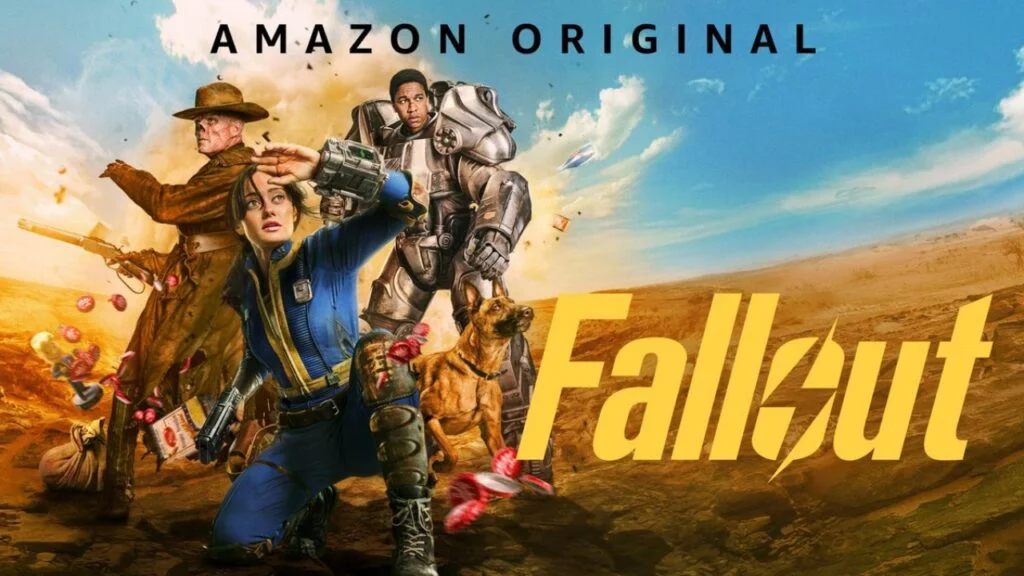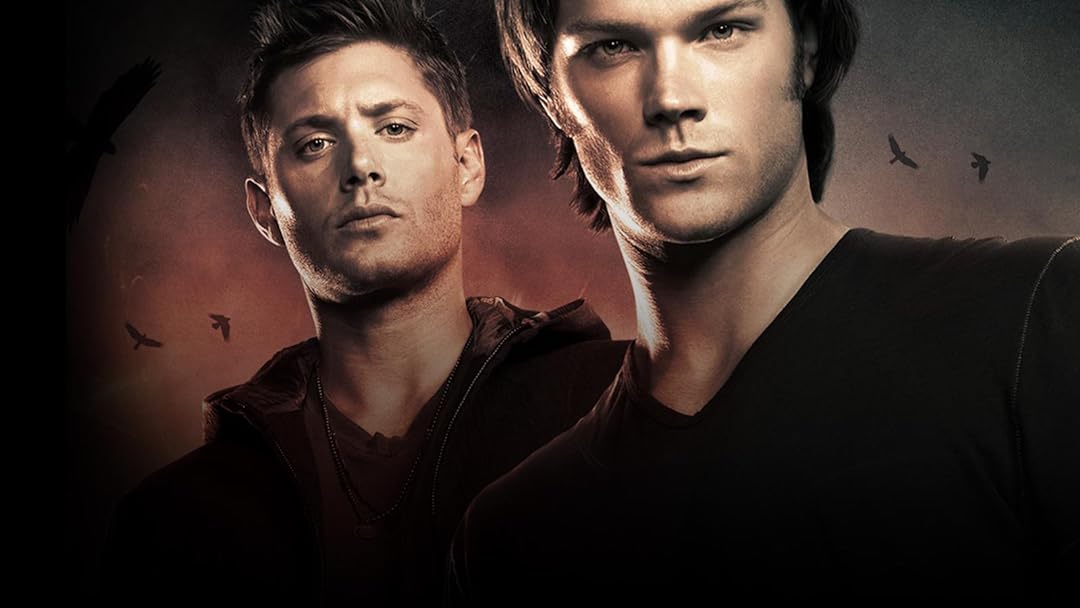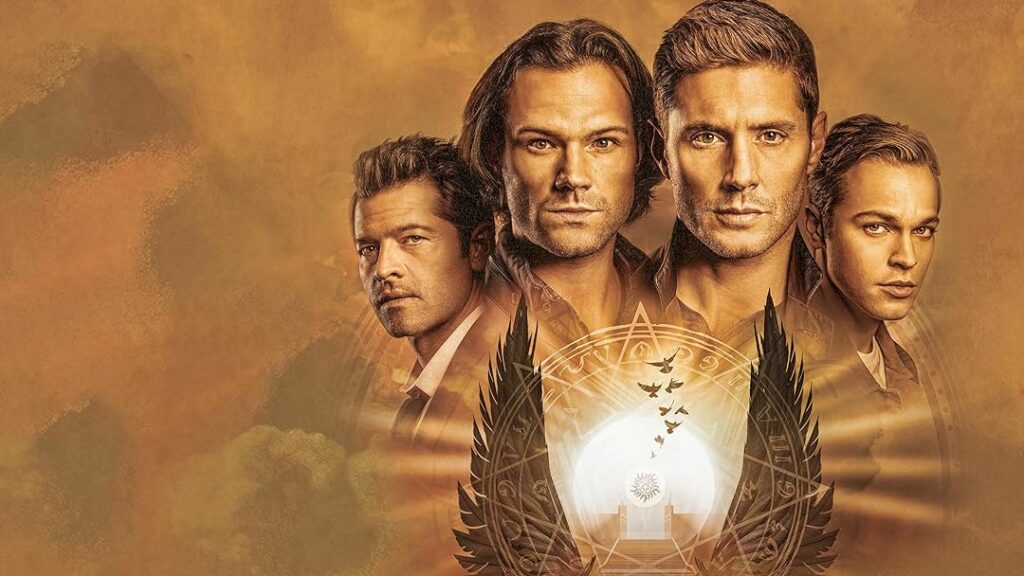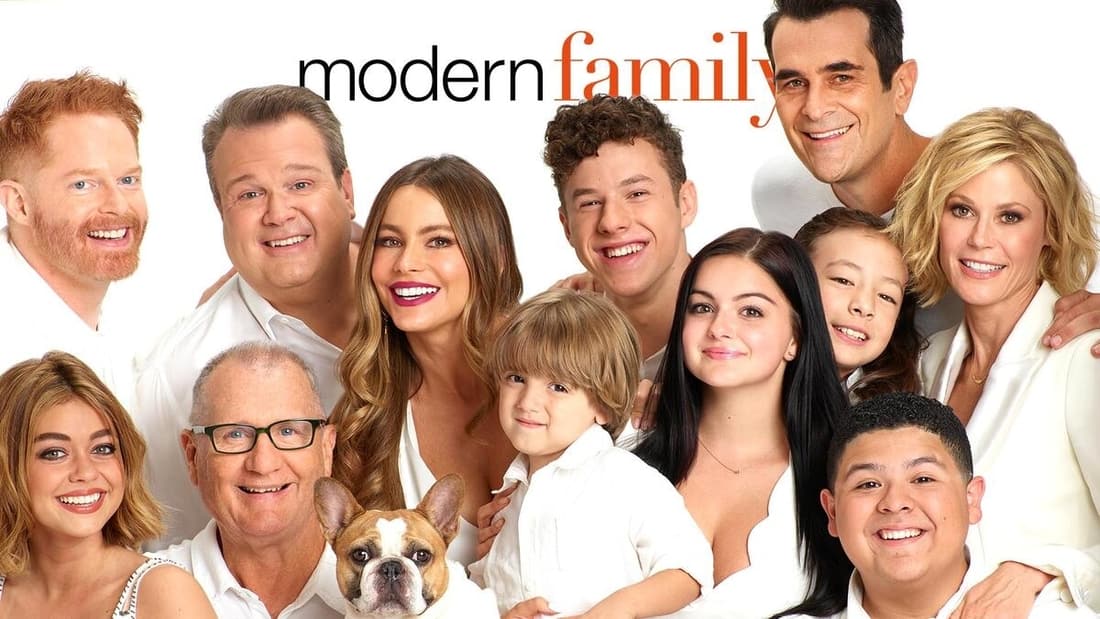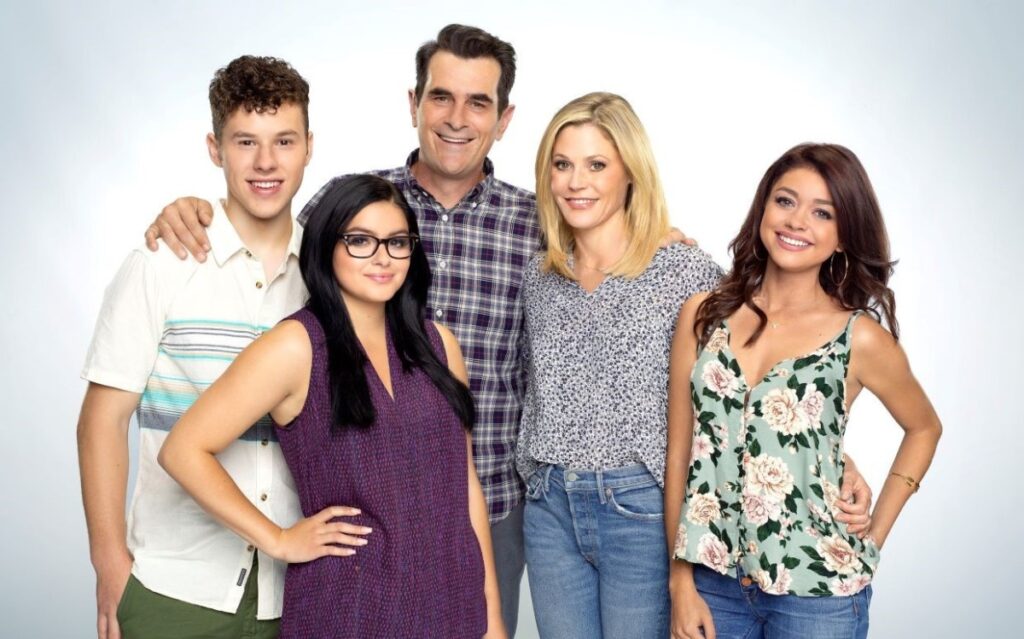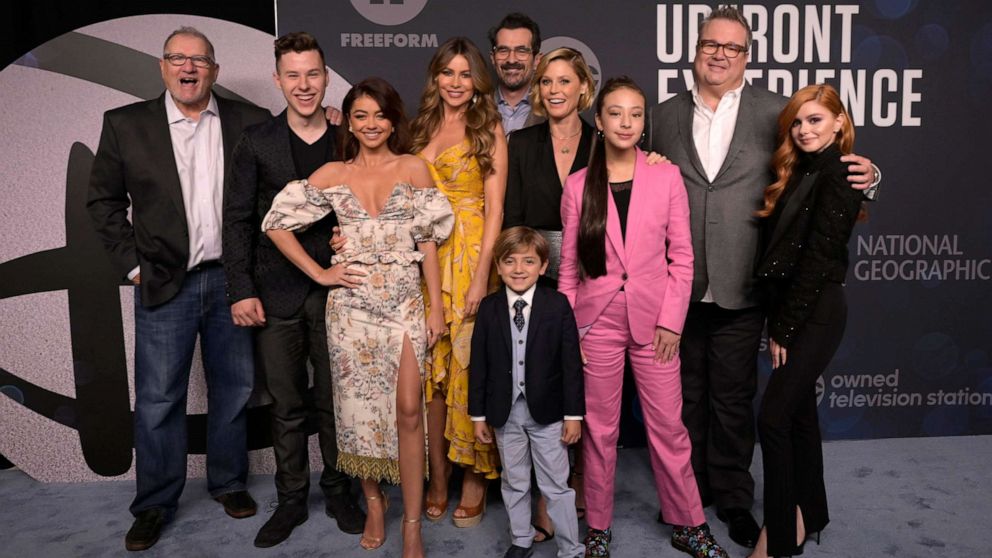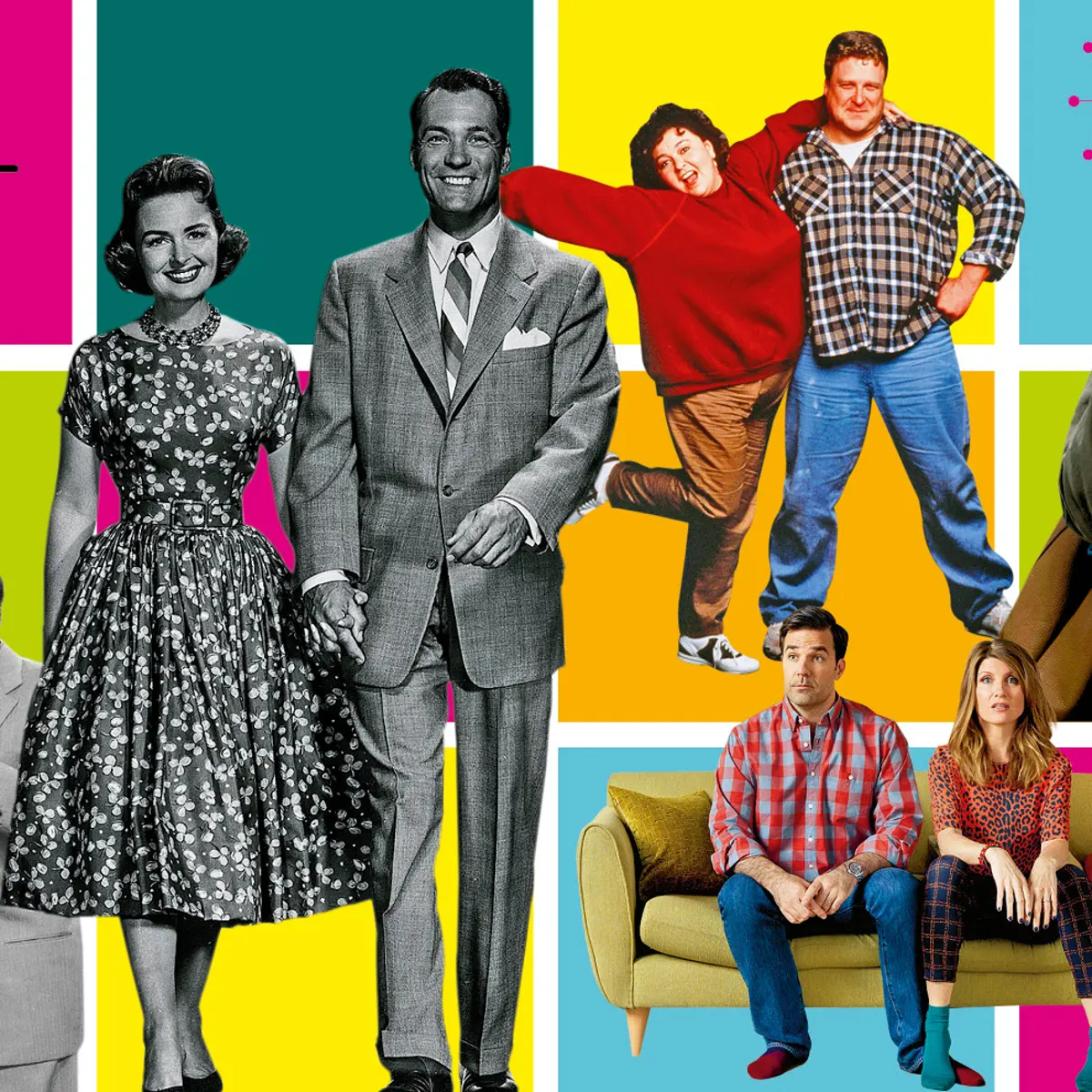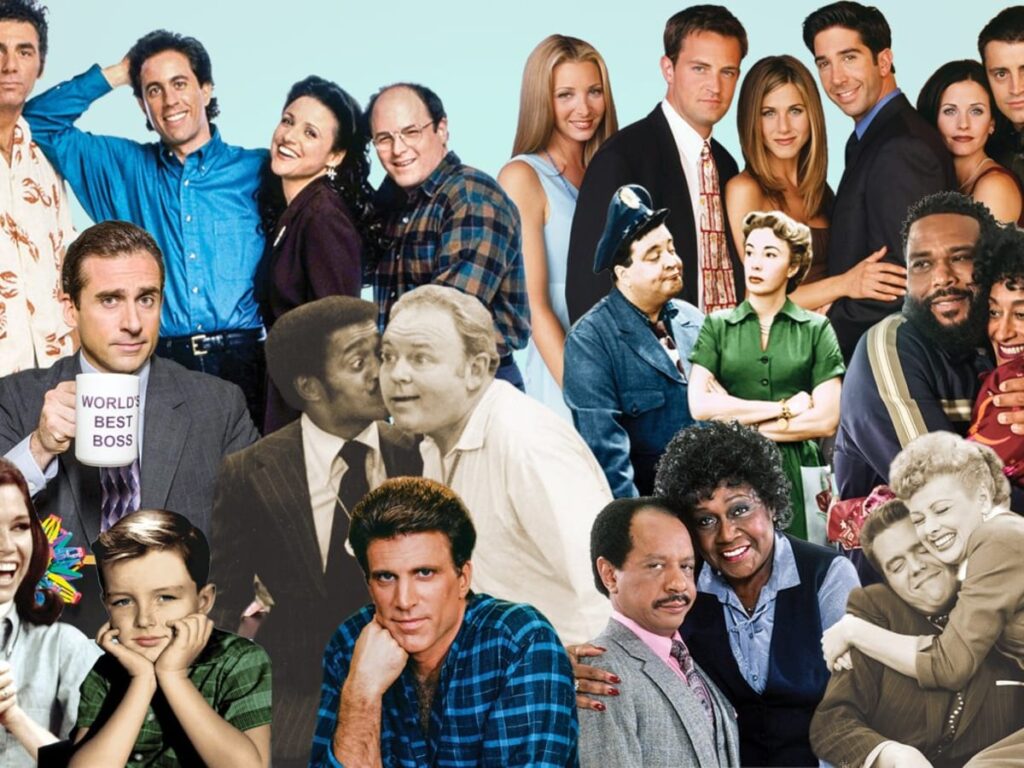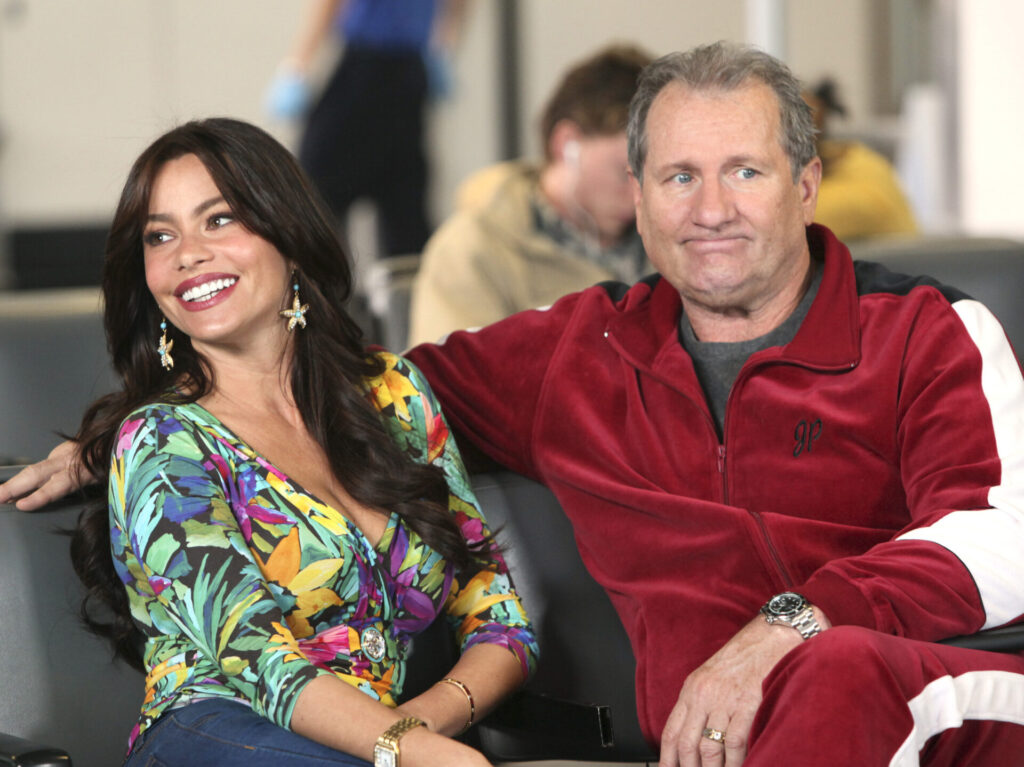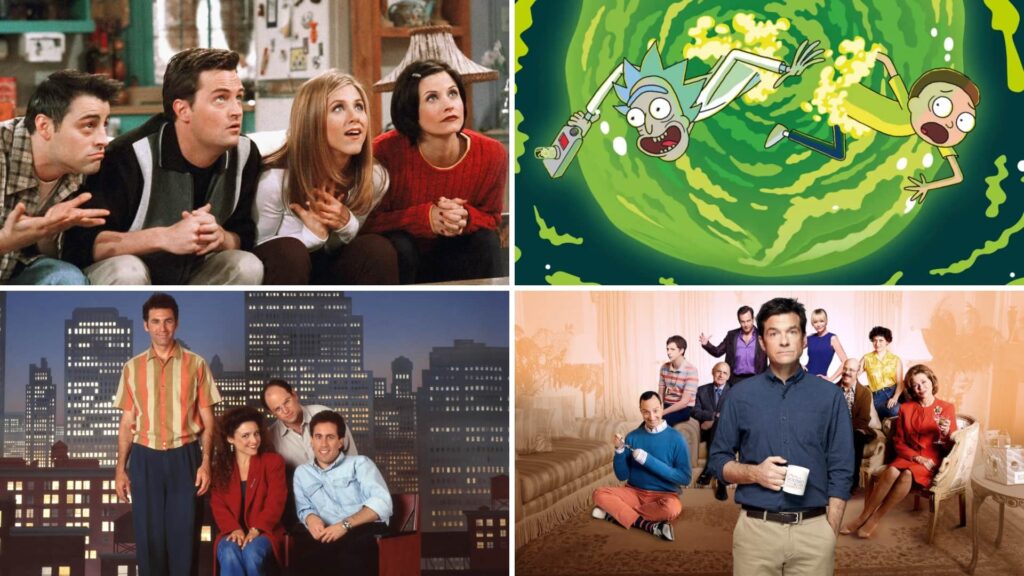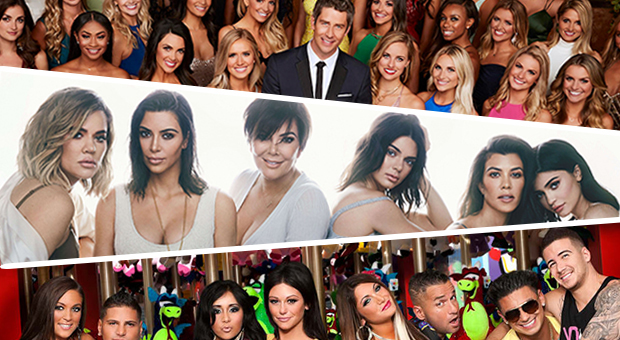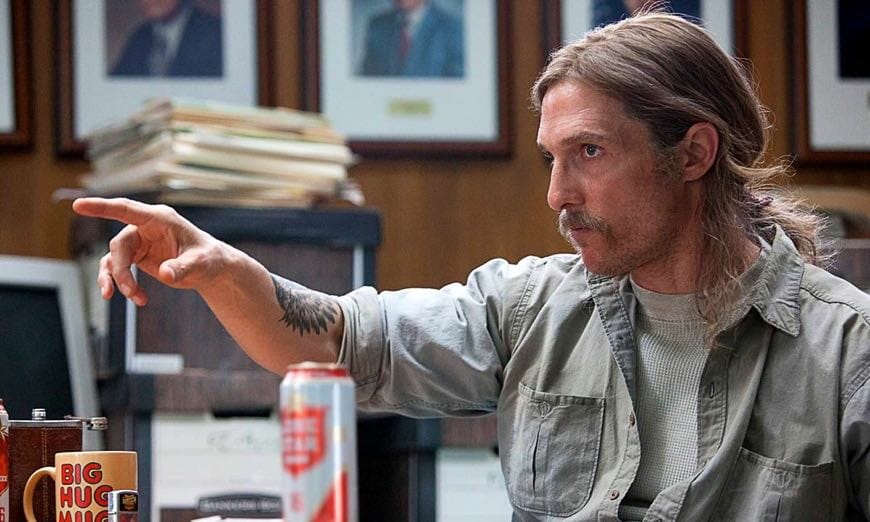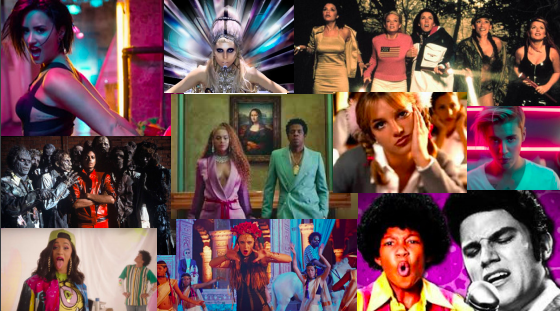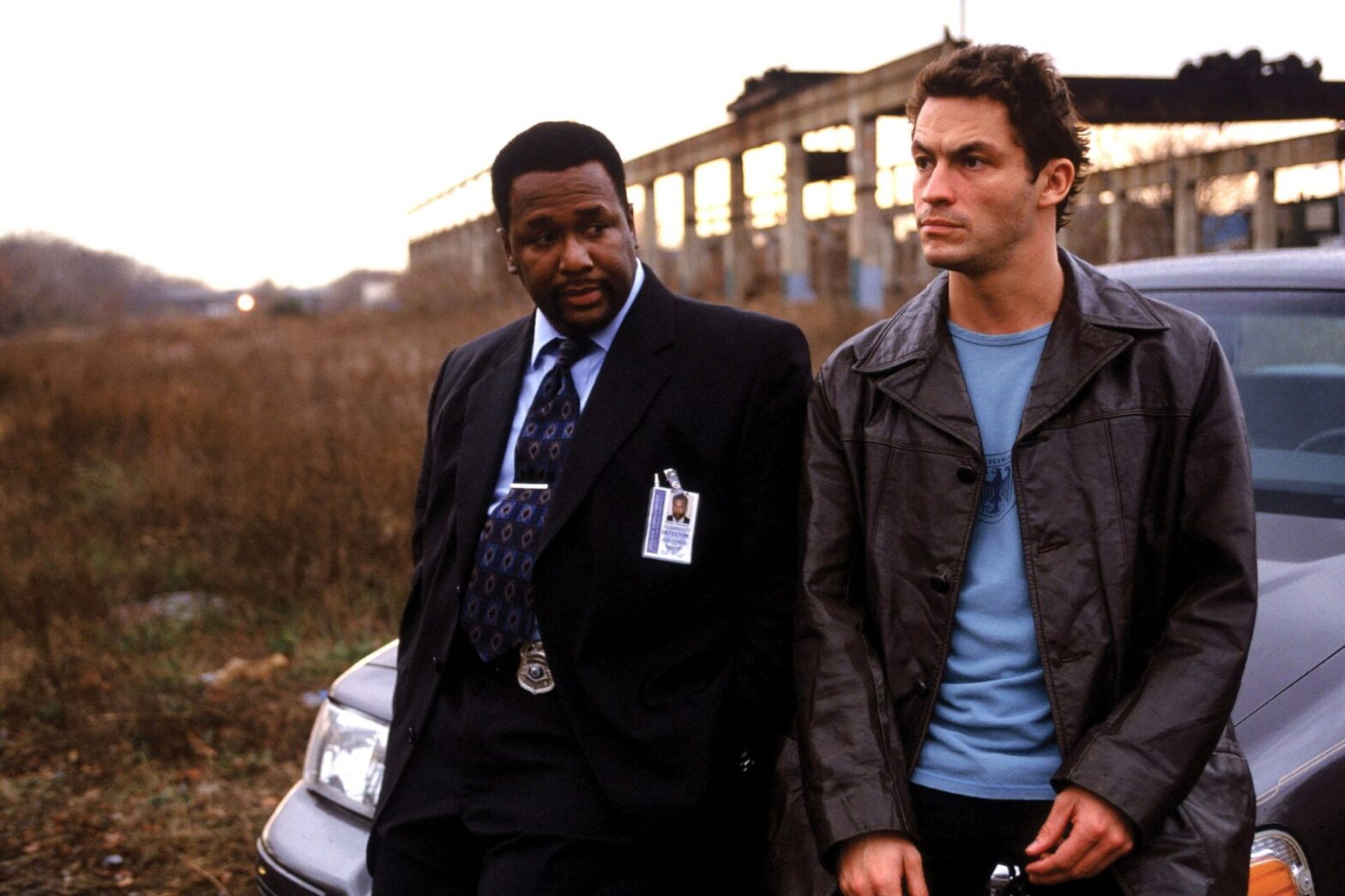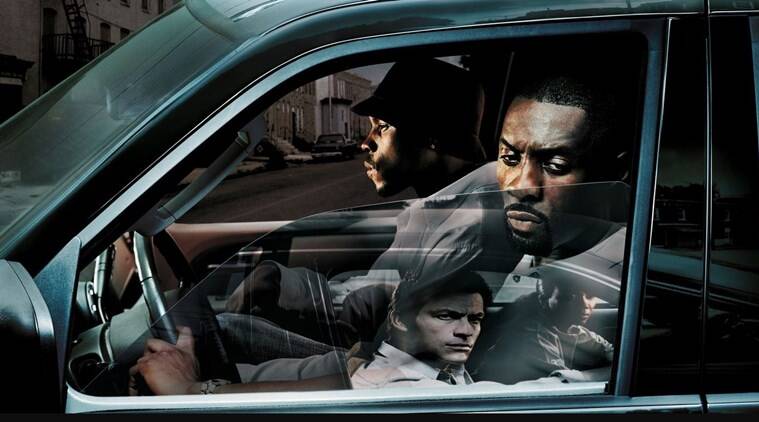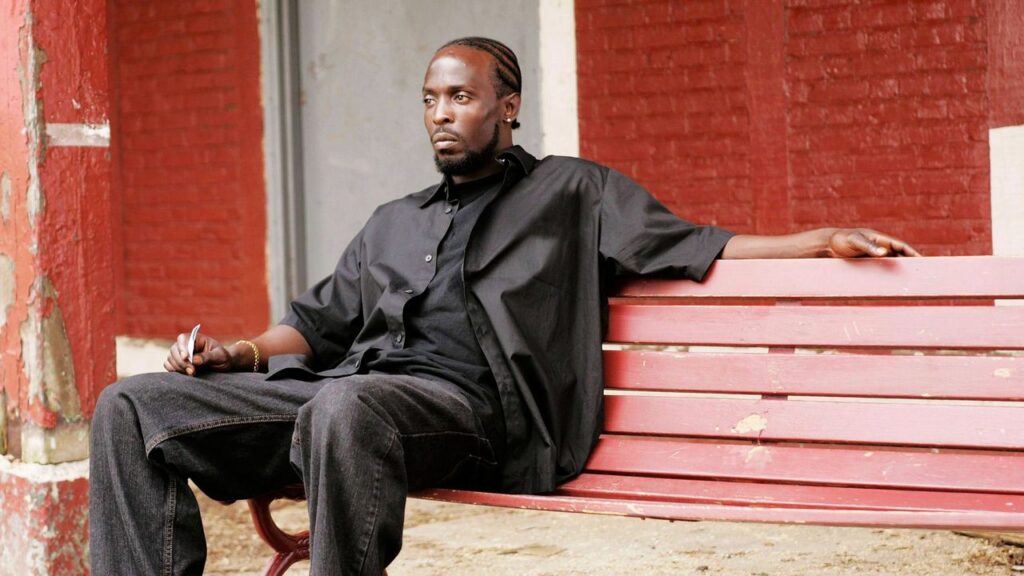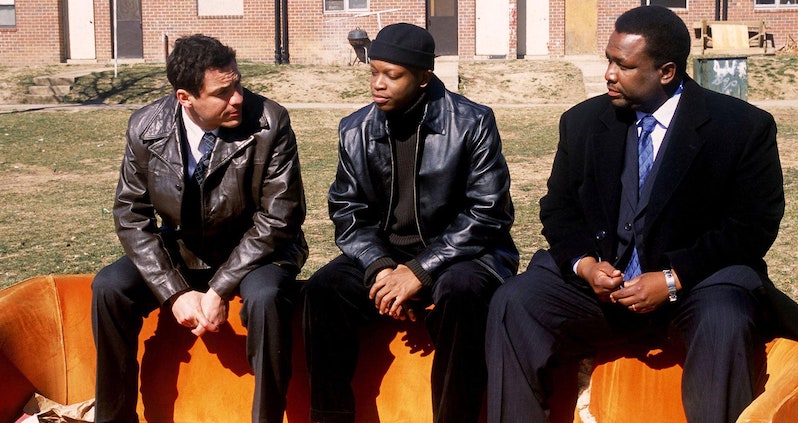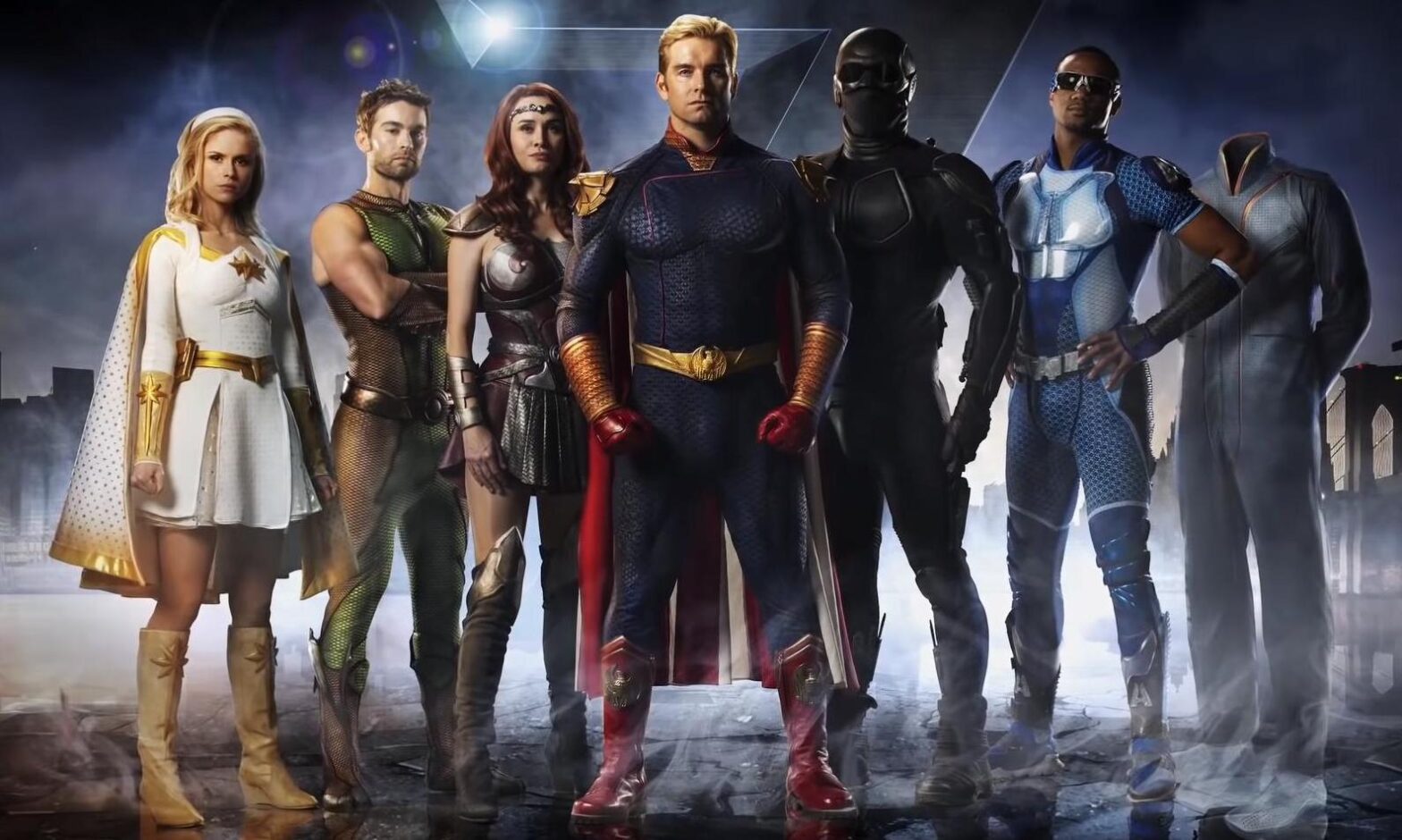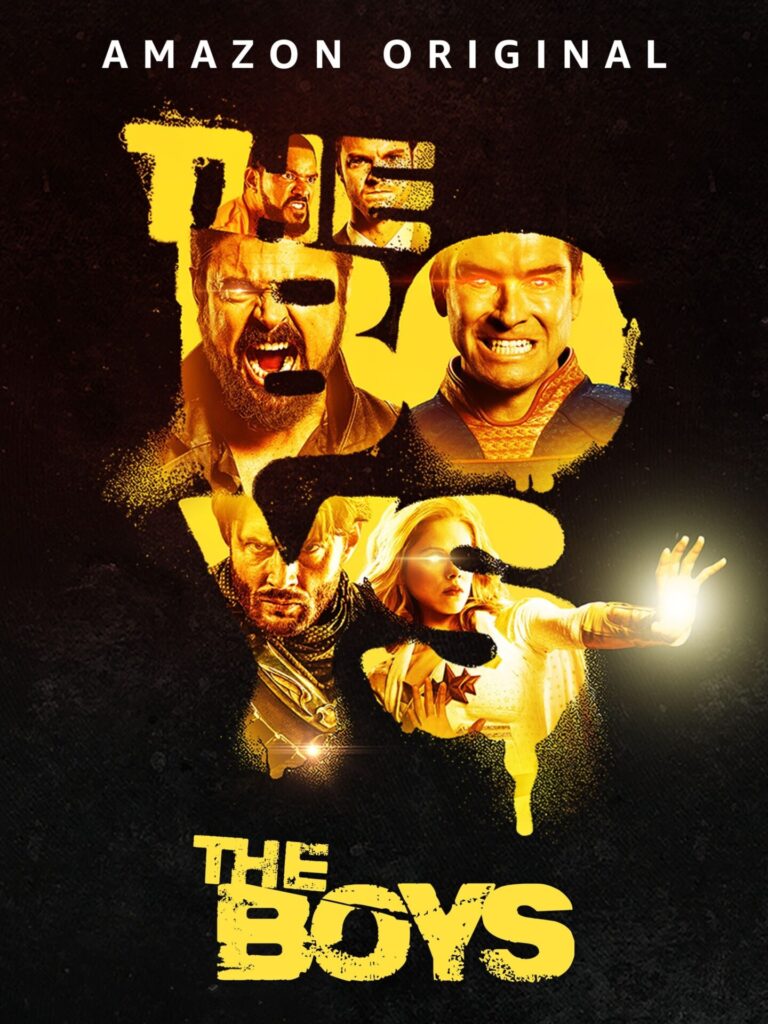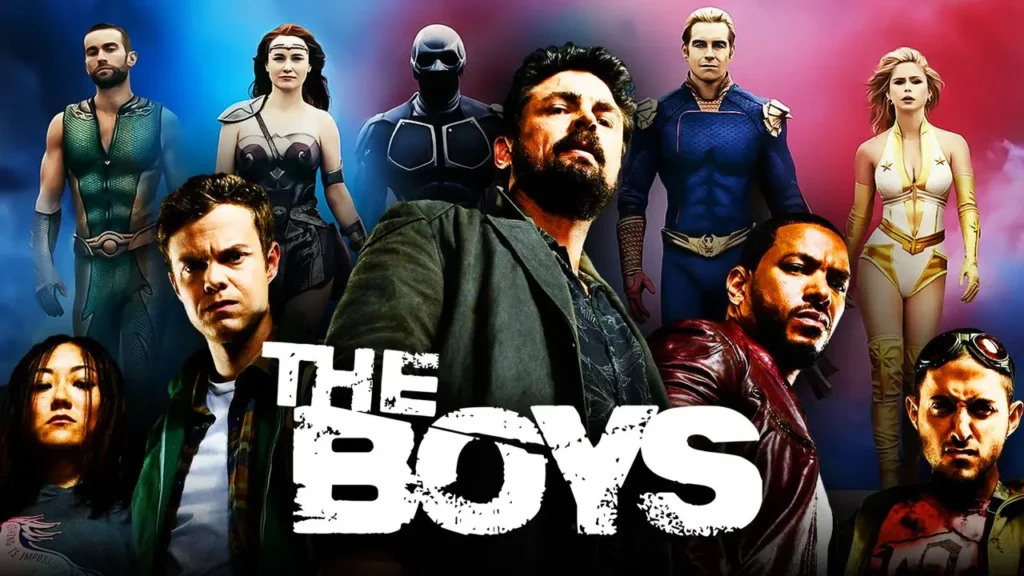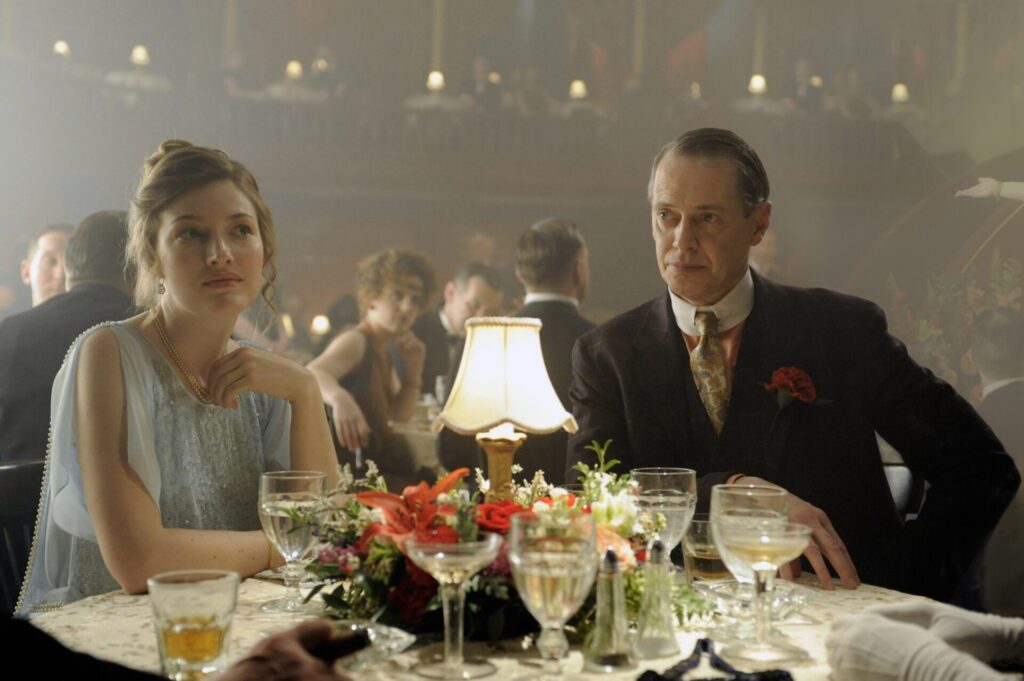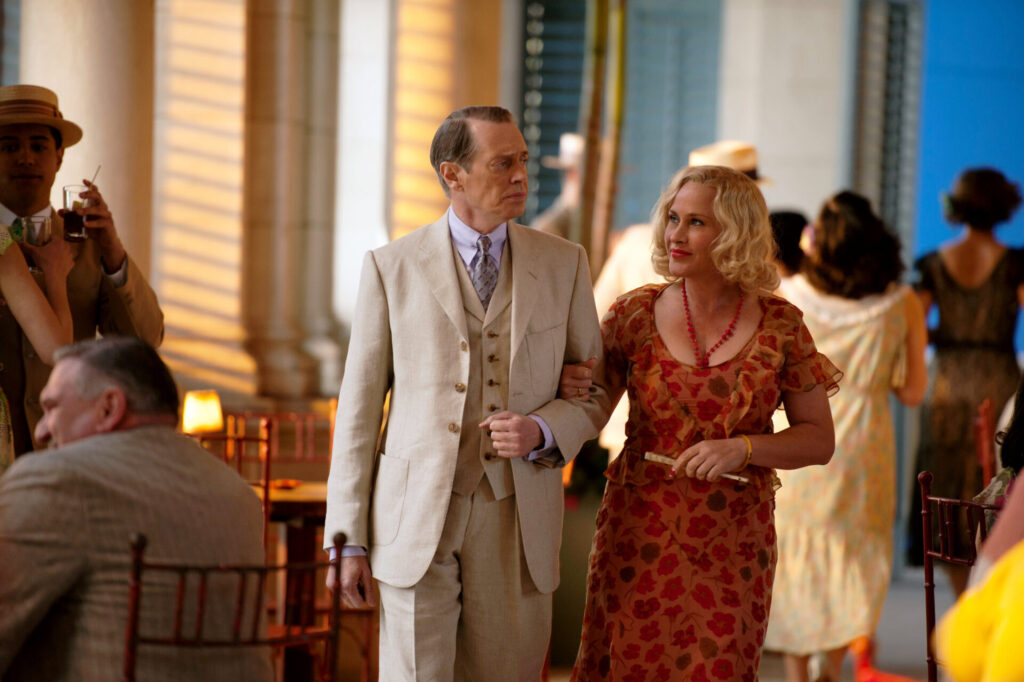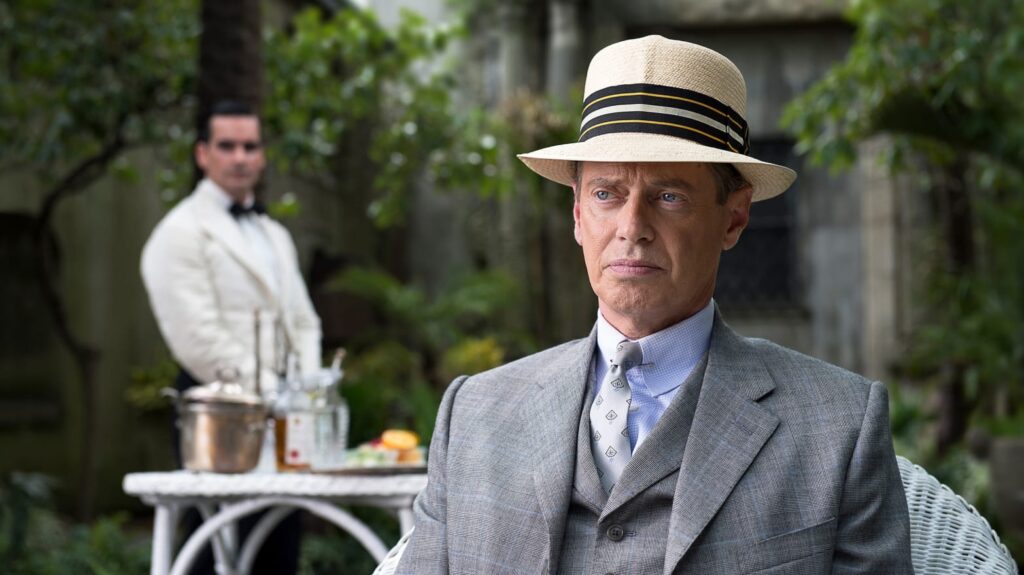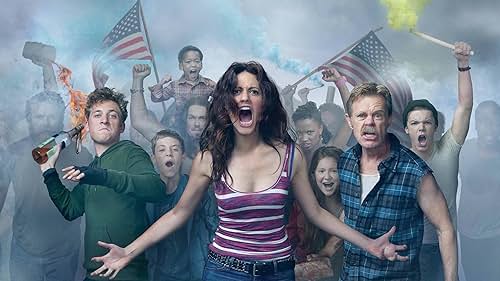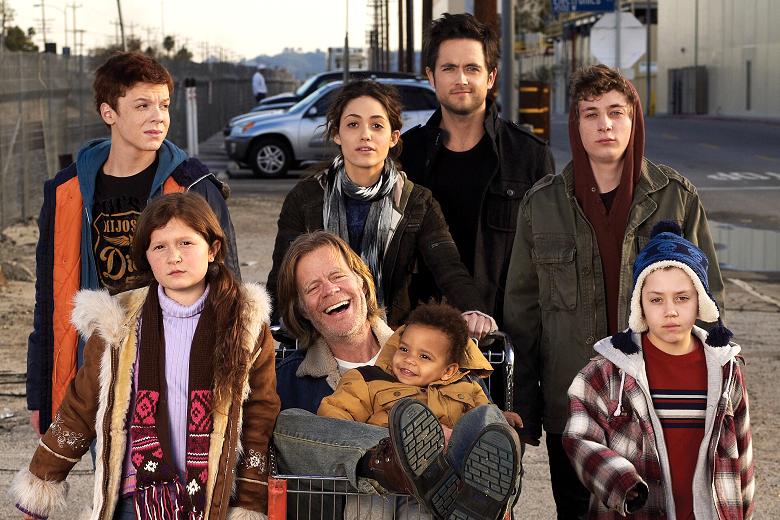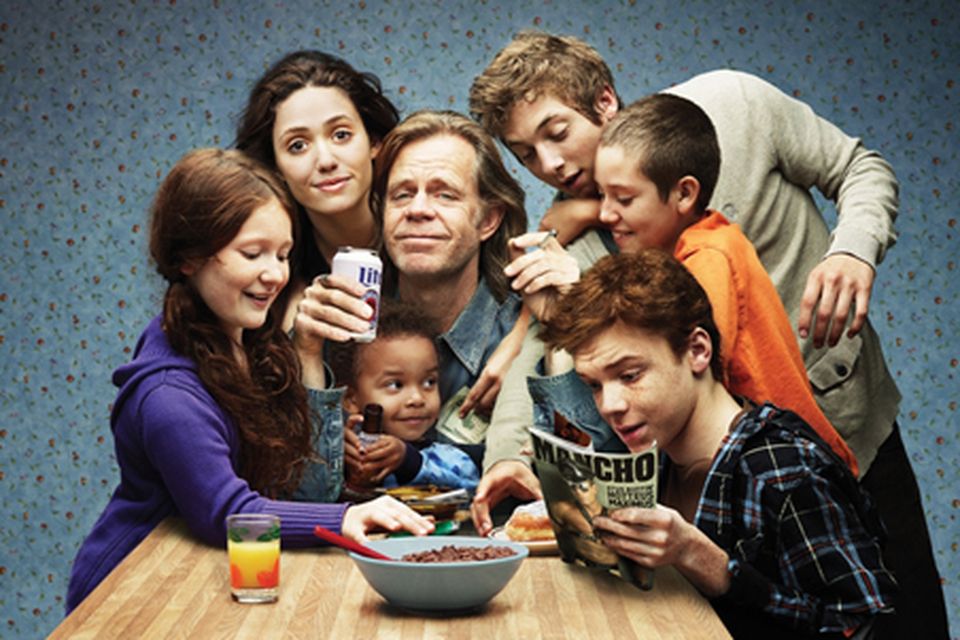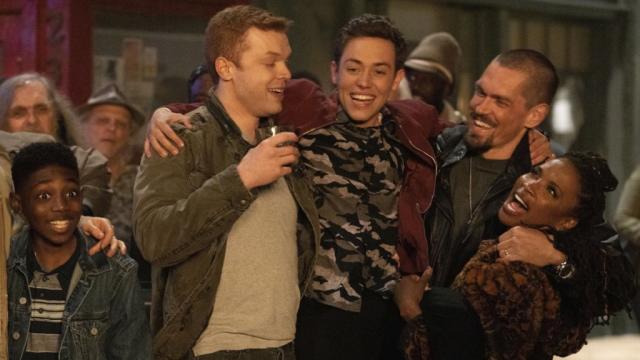The Fallout universe has undergone a remarkable evolution since its inception, transitioning from a beloved video game franchise to a highly anticipated television series. This journey showcases the enduring appeal and versatility of the post-apocalyptic world created by Interplay Entertainment and later developed by Bethesda Game Studios. As fans eagerly await the adaptation of their favorite virtual world into a new medium, it’s worth exploring the key milestones and developments that have shaped the Fallout universe over the years. Additionally, the combat clothing worn by characters adds depth to the gritty atmosphere of survival in the wasteland.
Origins of Fallout: A Post-Apocalyptic Vision

The origins of the Fallout universe can be traced back to the creative minds at Interplay Entertainment in the early 1990s. Fueled by a desire to explore the consequences of nuclear conflict and the resilience of humanity in the face of catastrophe, the developers embarked on a journey to create a unique and immersive gaming experience. Drawing inspiration from classic science fiction literature, pulp magazines, and Cold War paranoia, they crafted a world steeped in retro-futuristic aesthetics and dark humor. However, even in this post-apocalyptic landscape, vehicle tune-up service in Toronto remains essential for those daring enough to traverse its irradiated highways.
Released in 1997, the original Fallout game introduced players to a world devastated by nuclear war, where civilization had crumbled, and the survivors struggled to eke out an existence in the harsh wasteland. Set against the backdrop of an alternate timeline where the 1950s never ended, the game’s aesthetic drew heavily from the cultural iconography of the post-war era, blending kitschy Americana with advanced technology and grim realism.
The success of the first Fallout game laid the foundation for a franchise that would span multiple sequels, spin-offs, and adaptations. Its engaging storytelling, strategic gameplay, and morally complex choices resonated with players, earning critical acclaim and a dedicated fan base. As subsequent entries in the series expanded upon the lore and world-building established in the original game, the Fallout universe continued to grow and evolve, captivating audiences with its rich tapestry of history, mythology, and human drama.
Bethesda’s Revival: Reinventing the Wasteland
In 2007, Bethesda Game Studios acquired the rights to the Fallout franchise, signaling a new chapter in its evolution. With the resources and creative freedom afforded by Bethesda’s backing, the development team set out to reimagine the post-apocalyptic wasteland for a new generation of players. The result was Fallout 3, released in 2008, which marked a dramatic departure from the isometric perspective of its predecessors.
Utilizing Bethesda’s proprietary game engine, Fallout 3 brought the wasteland to life in stunning detail, immersing players in a fully realized 3D world teeming with danger and adventure. The transition to a first-person perspective and real-time combat was a bold move for the series, but it paid off handsomely, drawing in new players while retaining the core elements that fans had come to love.
Beyond its technical achievements, Fallout 3 was lauded for its deep and immersive storytelling, branching narrative, and morally ambiguous choices. Players were given the freedom to explore a vast and dynamic world, shaping the course of their own adventures through their actions and decisions. The game’s richly realized characters, from the enigmatic Brotherhood of Steel to the morally ambiguous inhabitants of Megaton, added depth and nuance to the post-apocalyptic setting, making it feel vibrant and alive.
Expanding the Universe: Spin-Offs and Adaptations
In addition to the mainline entries, the Fallout universe has seen a proliferation of spin-off titles, mobile games, and other media adaptations. These spin-offs have allowed players to explore different regions of the wasteland and experience new stories and adventures within the Fallout universe.
One of the most acclaimed spin-offs is Fallout: New Vegas, developed by Obsidian Entertainment and released in 2010. Set in the Mojave Wasteland, the game offered a fresh perspective on the Fallout universe, introducing new characters, factions, and gameplay mechanics while retaining the series’ trademark humor and moral complexity. Fallout: New Vegas was praised for its compelling narrative, memorable characters, and deep role-playing mechanics, earning it a place as one of the standout entries in the franchise.
Outside of gaming, the Fallout universe has expanded into other forms of entertainment, including novels, comic books, and now, a highly anticipated television series. These adaptations have allowed fans to further immerse themselves in the world of Fallout and explore new stories and characters beyond the confines of video games.
Bringing Fallout to Television: The Next Frontier
The announcement of a Fallout television series has generated considerable excitement and anticipation among fans of the franchise. Helmed by acclaimed producers Jonathan Nolan and Lisa Joy, known for their work on the hit HBO series Westworld, the show promises to bring the rich and immersive world of Fallout to life in a new and exciting way.
With its blend of science fiction, dystopian drama, and dark humor, Fallout seems tailor-made for the episodic format of television. The medium offers ample opportunity to explore the complex characters, moral dilemmas, and sprawling landscapes of the wasteland in greater depth than ever before.
As production progresses and details emerge, fans eagerly await news of casting decisions, plot details, and other tidbits of information that will offer insight into what promises to be a groundbreaking adaptation. With the backing of a major streaming platform and a talented creative team at the helm, the Fallout television series has the potential to introduce the franchise to a whole new audience while satisfying the cravings of longtime fans.
The Fallout Community: A Dedicated Fandom
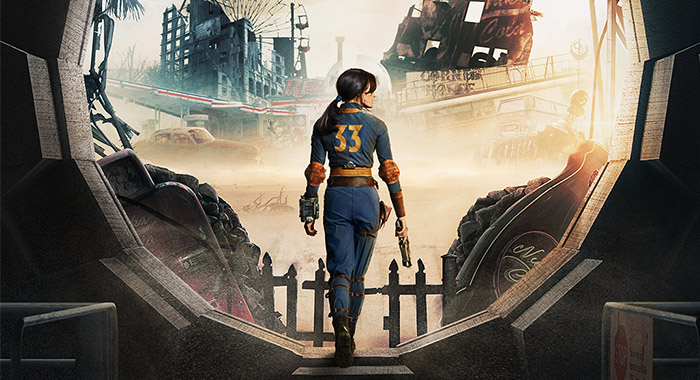
At the heart of the Fallout universe lies a vibrant and passionate community of fans who have embraced the franchise with unwavering dedication. From fan art and cosplay to online forums and fan conventions, enthusiasts of all ages and backgrounds have found ways to express their love for the post-apocalyptic world of Fallout. This thriving community serves as a testament to the enduring appeal of the franchise and the sense of camaraderie it fosters among its followers.
One of the defining features of the Fallout community is its creativity and ingenuity. Fans have taken it upon themselves to expand upon the lore and world-building of the franchise through fan fiction, modding, and role-playing games. This grassroots approach to storytelling has led to the emergence of countless fan-made creations, ranging from new quests and characters to entirely new game mechanics and settings. The collaborative nature of the community ensures that there is always something new and exciting to discover for fans of all stripes.
In addition to fostering creativity, the Fallout community also serves as a supportive and inclusive space for fans to connect with one another. Whether bonding over shared experiences in the wasteland or offering support and encouragement during difficult times, the sense of belonging within the community is palpable. Through online forums, social media groups, and fan meet-ups, fans have formed lasting friendships and forged connections that transcend geographical boundaries and cultural differences.
As the Fallout franchise continues to evolve and expand, the community remains an integral part of its success. With each new release or adaptation, fans eagerly come together to celebrate their shared love for the series and speculate about what the future holds. As the saying goes, “War never changes,” but the bonds forged within the Fallout community are as enduring as the irradiated landscape they call home.
Exploring the Moral Ambiguity: Shades of Gray in the Wasteland
One of the hallmarks of the Fallout universe is its exploration of moral ambiguity and ethical dilemmas in a world devoid of traditional authority and structure. Set against the backdrop of a post-apocalyptic wasteland, where survival often necessitates difficult choices and compromises, the franchise challenges players to confront the consequences of their actions and grapple with the complexities of morality in extreme circumstances.
At the heart of this moral ambiguity lies the concept of the “Wasteland morality,” wherein traditional notions of right and wrong are blurred by the harsh realities of life in the aftermath of nuclear war. Players are frequently presented with morally gray decisions that force them to weigh the needs of the individual against the greater good, often with far-reaching consequences for themselves and those around them.
The Fallout universe is populated by characters and factions with their own agendas and motivations, each vying for power and influence in the lawless landscape of the wasteland. This moral relativism extends beyond individual choices to encompass broader themes of politics, ideology, and survival, adding depth and nuance to the storytelling and world-building.
By embracing moral ambiguity and challenging players to confront difficult ethical choices, the Fallout franchise encourages introspection and critical thinking, prompting players to consider the implications of their actions and the values they hold dear. In a world where right and wrong are not always clear-cut, the choices we make define not only our characters but also our own moral compasses.
Technological Marvels: The Retro-Futuristic Aesthetic of Fallout
A defining characteristic of the Fallout universe is its distinctive retro-futuristic aesthetic, which blends 1950s Americana with advanced technology and post-apocalyptic decay. Inspired by the science fiction and Cold War paranoia of the mid-20th century, the world of Fallout is filled with iconic imagery, from sleek atomic-powered cars and futuristic robots to kitschy advertisements and propaganda posters.
At the heart of this aesthetic is the juxtaposition of past and future, where the optimism and idealism of the Atomic Age collide with the devastation and despair of nuclear war. This juxtaposition is evident in every aspect of the Fallout universe, from its architecture and fashion to its music and pop culture references, creating a visually striking and thematically rich setting for players to explore.
One of the most iconic elements of the Fallout aesthetic is its use of retro-futuristic technology, which imagines a world where the scientific and technological advancements of the 1950s continued unabated into the 21st century. From energy weapons and power armor to artificial intelligence and virtual reality, the Fallout universe is filled with technological marvels that both fascinate and terrify.
By embracing this retro-futuristic aesthetic, the Fallout franchise creates a unique and immersive world that feels both familiar and alien, inviting players to explore its mysteries and uncover its secrets. Whether wandering the ruins of a pre-war city or battling mutated creatures in the wasteland, the iconic imagery and evocative atmosphere of Fallout leave a lasting impression on players long after they’ve put down the controller.
The Future of Fallout: Navigating the Uncertain Wasteland Ahead
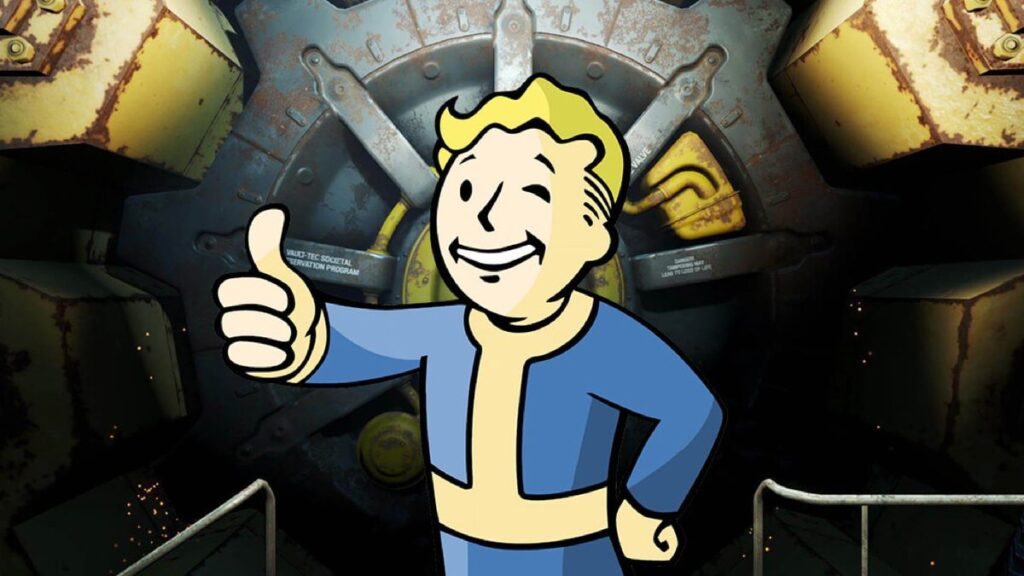
As the Fallout franchise continues to evolve and expand, the future of the series remains shrouded in uncertainty. With the announcement of a television adaptation and ongoing development of new games and spin-offs, fans eagerly await what lies ahead in the wasteland. Will the television series capture the essence of the franchise and introduce it to a new audience, or will it falter in the shadow of its video game counterparts?
Similarly, the gaming landscape is ever-changing, with technological advancements and shifting consumer preferences shaping the direction of the industry. How will future installments of the Fallout series innovate and iterate upon the established formula, while staying true to the core elements that fans know and love? Will the franchise continue to push boundaries and explore new frontiers, or will it fall victim to stagnation and repetition?
Despite these uncertainties, one thing is clear: the Fallout universe remains as captivating and enduring as ever, with its rich lore, immersive world-building, and morally complex storytelling continuing to captivate players and fans around the world. Whether exploring the ruins of a post-apocalyptic city or forging alliances with rival factions, the wasteland holds endless possibilities for adventure and discovery. As the saying goes, “War never changes,” but the future of Fallout is as uncertain and unpredictable as the irradiated landscape it inhabits.
Conclusion
In conclusion, the evolution of the Fallout universe from a groundbreaking video game phenomenon to an eagerly awaited television series is a testament to the enduring power of its post-apocalyptic world and compelling storytelling. With each new iteration and adaptation, the franchise continues to captivate audiences and push the boundaries of interactive entertainment. As fans eagerly await the next chapter in the Fallout saga, one thing is certain: the wasteland will never cease to surprise and enthrall those brave enough to explore its depths. Whether experienced through the immersive gameplay of the video games or the narrative depth of the upcoming television series, the Fallout universe remains a shining example of creativity, resilience, and the enduring appeal of the human spirit in the face of adversity.

